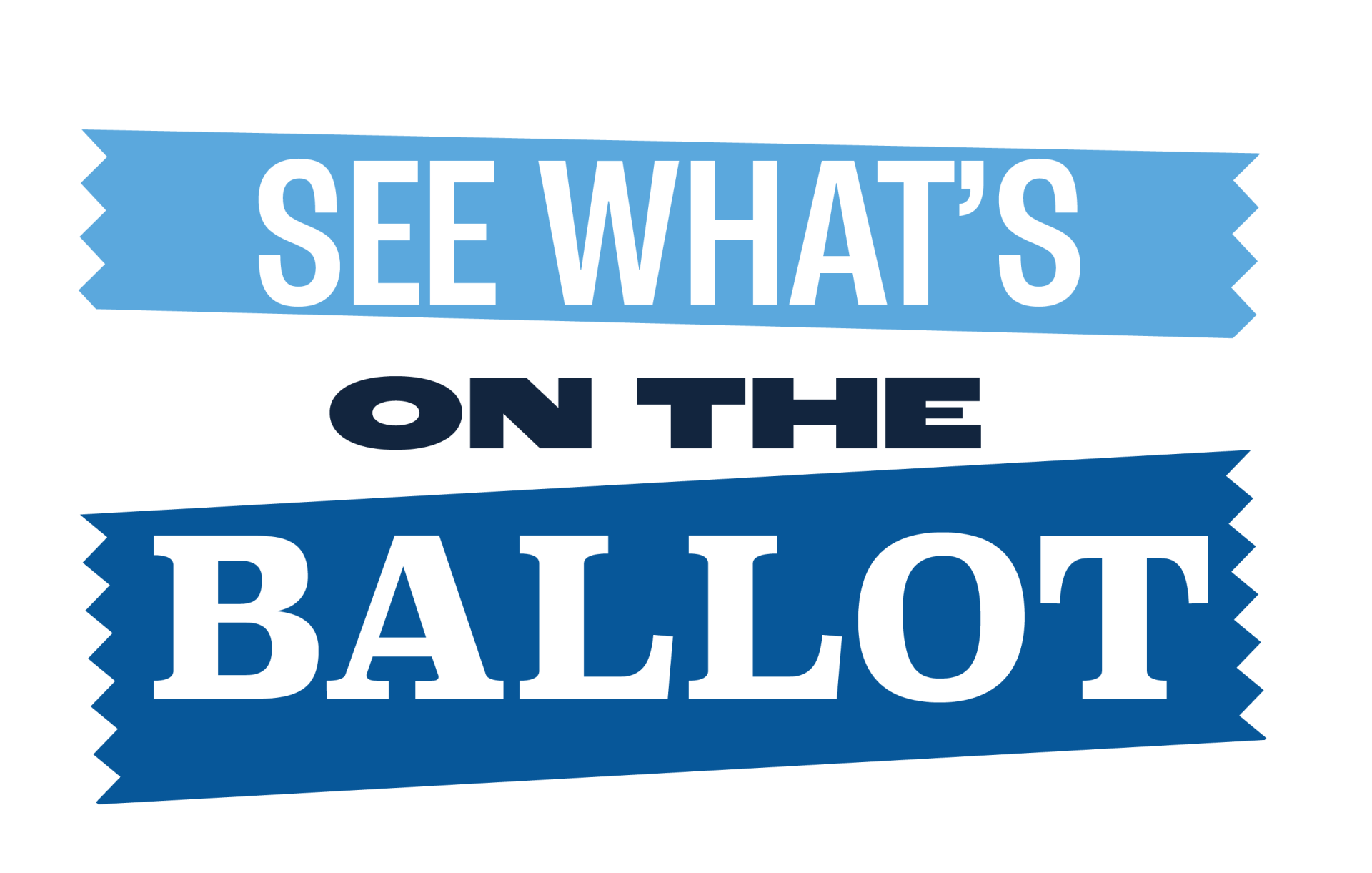While presidential elections get most of the headlines, midterm elections often reveal the values and voters of the country
By Jenny Allon ’09

Every four years Americans stand in line at local churches, high schools and forgotten strip malls to cast their ballot for president and vice president of the United States. And every four years, debates rage about voter access, early voting, hanging chads and paper versus digital.
But smack in between our presidential elections are the under-appreciated midterms. These elections can not only radically reshape congress, but often reveal the country’s political mood and future.
Midterms are when congress and governors gets their report cards. This year, all 435 seats in the House of Representatives and 33 to 34 seats in the senate are on the ballot. In addition, 36 governorships are up for election during midterms. Midterm elections provide a decision for the American public to move forward on their current course or change course through an elective process.
Tyler St. Clair ’11, outreach director for Common Cause Illinois, says midterms help the country move forward. If the voters believe that candidates have done well or poorly, they can make their voice heard and potentially change the country’s prevailing mood and momentum.

“Instead of ‘Let’s get X to the White House, the focus is likely to shift to retaking power in congress and stabilizing the majority.”
“The messaging changes in midterm elections. Instead of ‘Let’s get X to the White House, the focus is likely to shift to retaking power in congress and stabilizing the majority,” said St. Clair. “It becomes less about changing who sits in the White House and instead on maintaining power in congress or pushing back against the current agenda.”
Soren Jordan, political science professor at Auburn University, describes two historic midterm elections that gave each respective party more seats in congress. In 2009, Republicans won seats through a huge swell of support, with a whopping 63-seat swing. According to Jordan, this is the largest swing since World War II. Jordan also describes in 2018 House Democrats were effective in swinging 41 seats and regaining the majority in the House of Representatives. According to Jordan, this was the largest single Democratic election gain in the house in almost 50 years.
St. Clair describes another memorable and historic midterm. The president’s party usually loses seats in a midterm, but the 2002 election allowed the Republican Party to gain seats in congress. According to Politico, the Republican Party gained two senate seats and eight house seats, marking the third time a president’s party has gained seats in congress since the Civil War—the other two times are 1934 and 1998. St. Clair states that there were many reasons for Republican congressional wins, including increased national attention on this midterm election and voter coalescence after 9/11 and the growing war on terror.

Midterm elections also present a challenge to voter outreach campaigns because they have lower turnout rates than presidential elections. According to the Pew Research Center, this phenomenon of lower voter turnout has been true since the 1840s. Jordan states that midterms are full of “lower saliences, less visible elections,” so the challenge is in getting someone who isn’t a consistent voter, what is called a “habitual voter,” to turnout in a midterm. Jordan adds that parties focus on mobilizing their bases rather than trying to convert unlikely voters or uninterested voters.
Furthermore, outreach directors like St. Clair are presented with new challenges about how to disseminate new information about voting, especially with COVID-19.
“Advocacy organizations everywhere had to change the playbook on how we connect with our members.”
“Advocacy organizations everywhere had to change the playbook on how we connect with our members,” St. Clair said. But he adds the robust footprint of digital outreach is here to stay post-pandemic. As digital becomes an even larger driver, St. Clair is hopeful this will increase the numbers of young voters and overall voter turnout in midterms.
There’s a message that organizers send about midterm elections. They should not be forgotten. They should be taken seriously. That historic swings and gains happen not only every four years, but every two. And with midterms starting in March, time will quickly tell what changes the country is ready to make.
Building Hope: Disaster Relief Architecture & Design
Combining faith and design, disaster response architect Sarah Elizabeth Dunn ’03 builds shelters for disaster-stricken communities around the world.
Harold Franklin Reflects on Integration 50 Years Later
Fifty years ago, unsure of his safety, a tall, soft-spoken Black man walked alone across the Auburn campus to register for classes.
Auburn Love Stories: How They Met
From blind dates to football games to chance meetings in the classroom, Auburn alums reflect on how they found love and everlasting romance on the Plains.
Building Hope: Disaster Relief Architecture & Design
Combining faith and design, disaster response architect Sarah Elizabeth Dunn ’03 builds shelters for disaster-stricken communities around the world.
Harold Franklin Reflects on Integration 50 Years Later
Fifty years ago, unsure of his safety, a tall, soft-spoken Black man walked alone across the Auburn campus to register for classes.
Auburn Love Stories: How They Met
From blind dates to football games to chance meetings in the classroom, Auburn alums reflect on how they found love and everlasting romance on the Plains.






